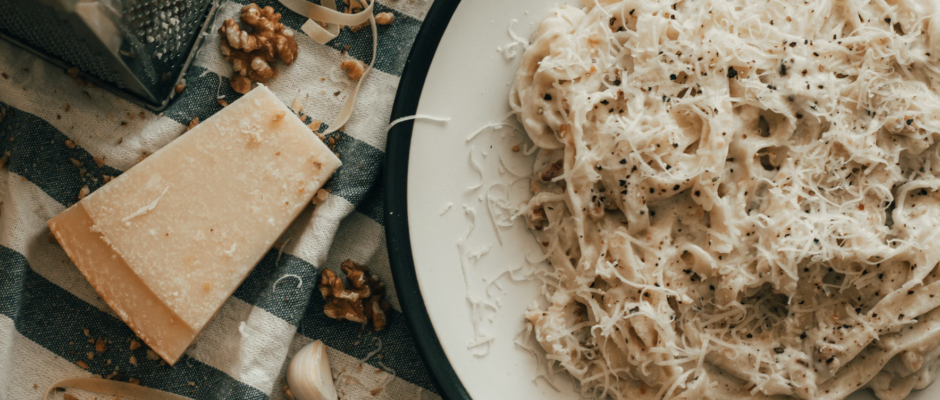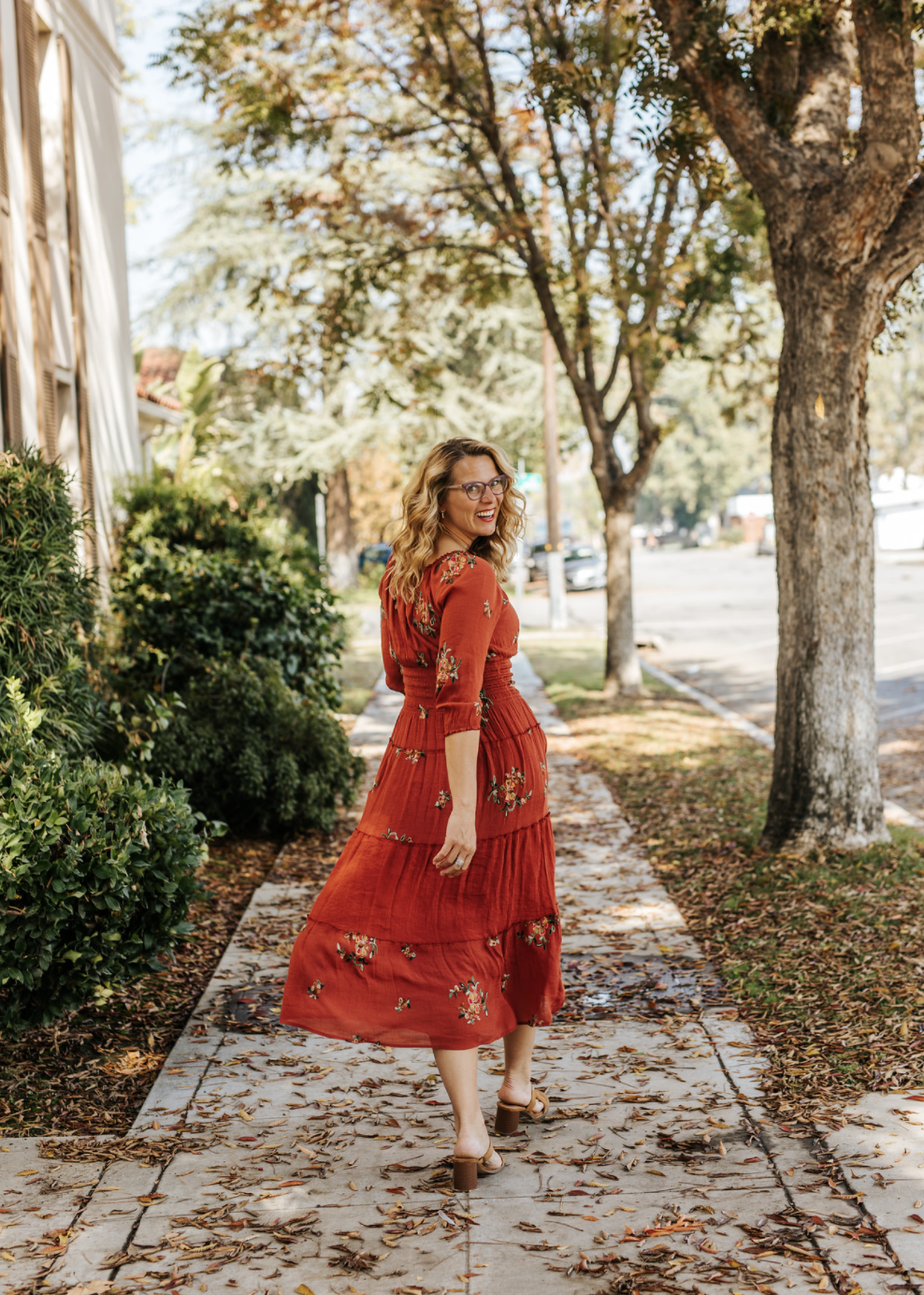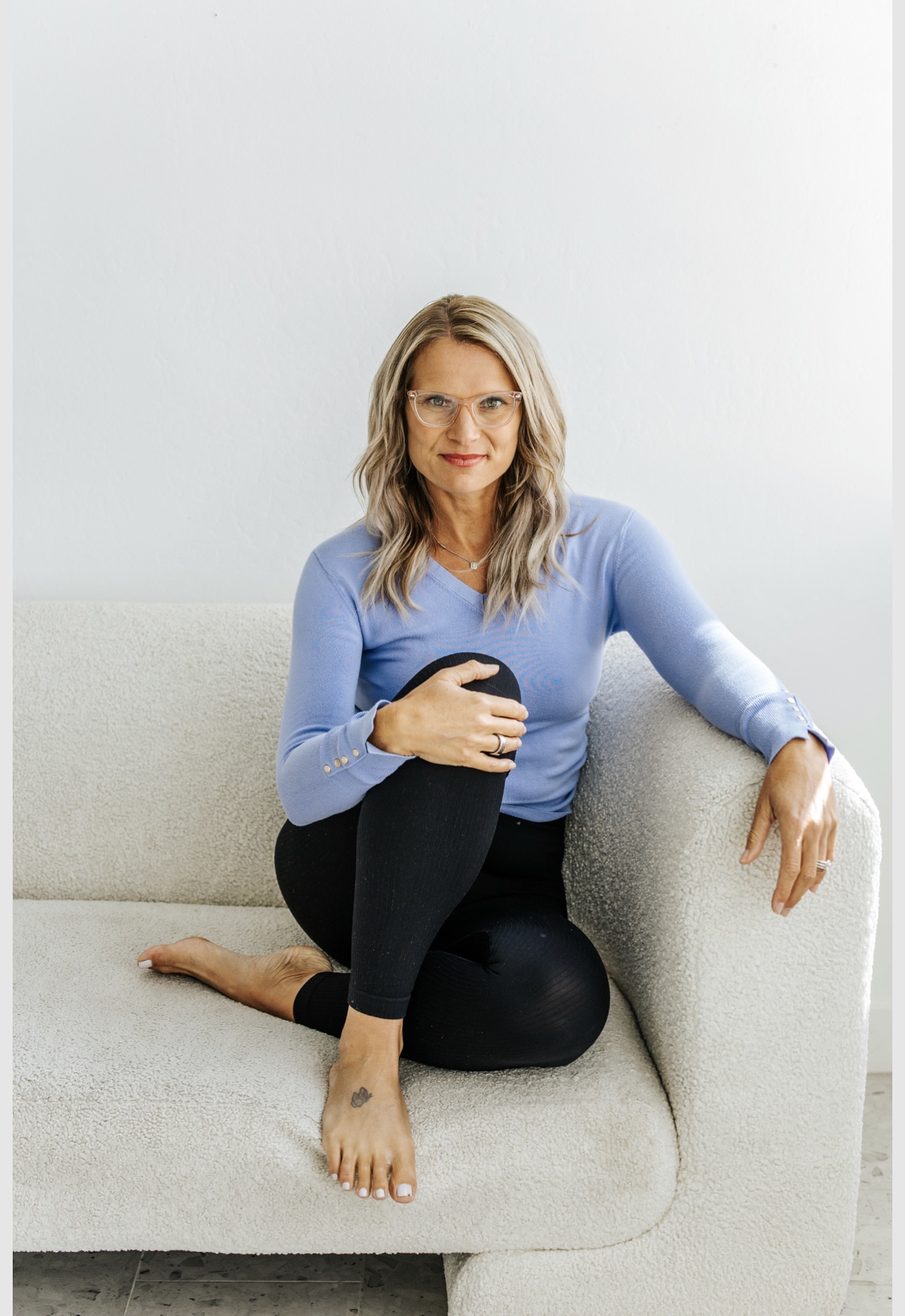Three Ways to Prevent Gallbladder Problems
Amy came home from her night out with her husband feeling terrible. She had decided to splurge on dinner and ordered an amazing pasta Alfredo. She didn’t eat all of it and was so proud of herself that she had no reservations about sharing a slice of cheesecake with her husband. They lingered long into the evening, enjoying a bottle of wine at their favorite Italian spot.
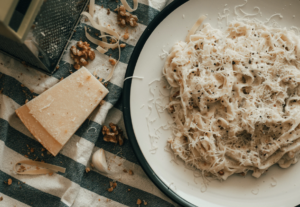
Photo via Unsplash by Alex Motoc
But on the car ride home, Amy fought wave after wave of nausea. A sharp pain just under the right side of her ribs made her catch her breath. Her mouth tasted bitter as she tried to keep the constant burping silent.
As another jolt of pain hit her, she begged her husband to call the sitter and take her to the emergency room instead of the house. He looked at her, worried, and made a U-turn back in the direction of the hospital.
The next thing Amy knew, she was waking up in a hospital bed with her family standing over her. Her husband told her that she had experienced a gallbladder attack and that the surgeon had removed her gallbladder. A nurse chimed in, “Honey, we haven’t seen that many gallstones in one body for years! Good thing you came in!“.
As Amy and her husband talked with the surgeon later, she realized that she had been experiencing symptoms pointing to gallbladder dysfunction for years. She just didn’t know it. She thought it was normal to have
constipation
hypothyroidism
nausea after meals
headaches
constant feelings of fullness after meals
GERD
floating stools
hemorrhoids
weight gain
fibromyalgia
anxiety and depression
varicose veins
dry skin and hair
But after talking to the surgeon, she realized that her gallbladder had been failing her for decades. She grew increasingly quiet as the surgeon explained to her that she would have to eat a fat-free diet for the rest of her life. No more nights out with cheesecake and pasta? She slumped in her hospital bed and heard the surgeon quietly utter the phrase “fat, fair, and forty” to his nurse before exiting the room.
Now what?
There is hope for those with gallbladders, and those without. Have no fear. But why should you even care about this?
The liver and the gallbladder are linked for life. The liver, your main organ of detoxification, creates over a quart and a half of bile per day. The gallbladder stores the bile. Bile breaks down the fat we eat so that we can digest and absorb fat soluble vitamins- A, D, E, and K.
Fats are supposed to be absorbed in the small intestine. However, if the body lacks sufficient bile because the liver is too overburdened to produce it or the gallbladder is too overburdened to store and release it, those fats will pass from the small intestine into your bloodstream. Fats don’t belong in the bloodstream, so your body will store said fats. On your ass. Or my favorite, the belly.
Aside from breaking down fats, bile also has the honor of trapping drugs, chemicals, heavy metals, drug residue, and other toxins. A healthy bile flow means your body naturally gets rid of these nasties. But when bile flow is congested due to a congested lifestyle, you can no longer easily get rid of these things, and you start experiencing some of Amy’s symptoms listed above.
That is bad enough, but congested bile also can lead to gallstones. If bile is not flowing freely, cholesterol and calcium derivatives can join together and form stones that range in size from microscopic to golf ball. Yikes.
If this happens, odds are you will have your gallbladder removed. Ah, that’s ok! The gallbladder is a nonessential organ, right?
Are there really nonessential organs?
Nope.
The gallbladder takes the bile it receives from the liver and mixes it with salt and enzymes so it can do its job of breaking things down. If you can’t break things like fats down, you don’t get your requirement of essential fatty acids and vitamins. As you become more and more deficient in nutrients, the body tries harder and harder to get them. You eat more. And you probably gain more weight.
There are other factors, too. Having your gallbladder removed is associated with increased risk of cardiovascular disease. For those that like big words, here is a quote from the paper: “Cholecystectomy status proved to be superior to gallstone disease diagnosis in discriminating between those individuals who went on to develop coronary disease and those who did not”.
Having your gallbladder removed can also lead to- surprise, surprise- IBS. As if you are not suffering enough with the acute pain. Now you get to have diarrhea for the rest of your life, too!
Gallstones can be a marker of insulin resistance. And the same study shows that the best risk factor for gallstones is an elevated waist circumference. If your tummy is too big, you can be at risk for gallstones and gallbladder disease. For men, this is over 40 inches. Research is biased against women and I couldn’t find any clinical studies corroborating this for women, but let’s assume it is similar. By the way, women are at risk when their waist is 35 inches or greater.
As an aside, here is my favorite quote from this study:
“Those whose alcohol intake was moderate had a lower prevalence of gallstones compared to those whose alcohol intake was low or high. Those who had participated in exercise more than 3 times had a higher prevalence of GD (gallbladder disease) compared to those had less frequent exercise.”
Drink on the weekends and don’t overexercise. Thank you, Korean researchers!
Ah, but then they go on to say, “After subgroup analyses for exercise, frequent exercisers were older, and likely to have higher BMI: after controlling for age and BMI, there was no significant association between the prevalence and exercise frequency (data not shown)”.
There is a bit to pull out here. Exercise doesn’t necessarily make you healthier, and if you are overcompensating by eating more crap and then expanding your waistline, then exercise just ain’t worth it.
Ok, back to the point.
Let’s get you your three ways to reduce the risk of having gallbladder problems.
1. Get your waist size down
You can do this in a variety of ways. Listen. You lose weight when you consistently reduce calories (not too much!), crappy foods, and alcohol. You can achieve this via numerous avenues, though I recommend the 28 Day Reset.
You need to get your waist under 35 inches if you are a female, and 40 inches if you are a male. It will take some hard work and some consistency, but I promise: you can do it! Would you rather give up fried foods for a few months or give up an organ you were born with? If you need an easy formula for eating, here is my tried and true blueprint:
20 grams protein
1 serving fruit
2 servings vegetables
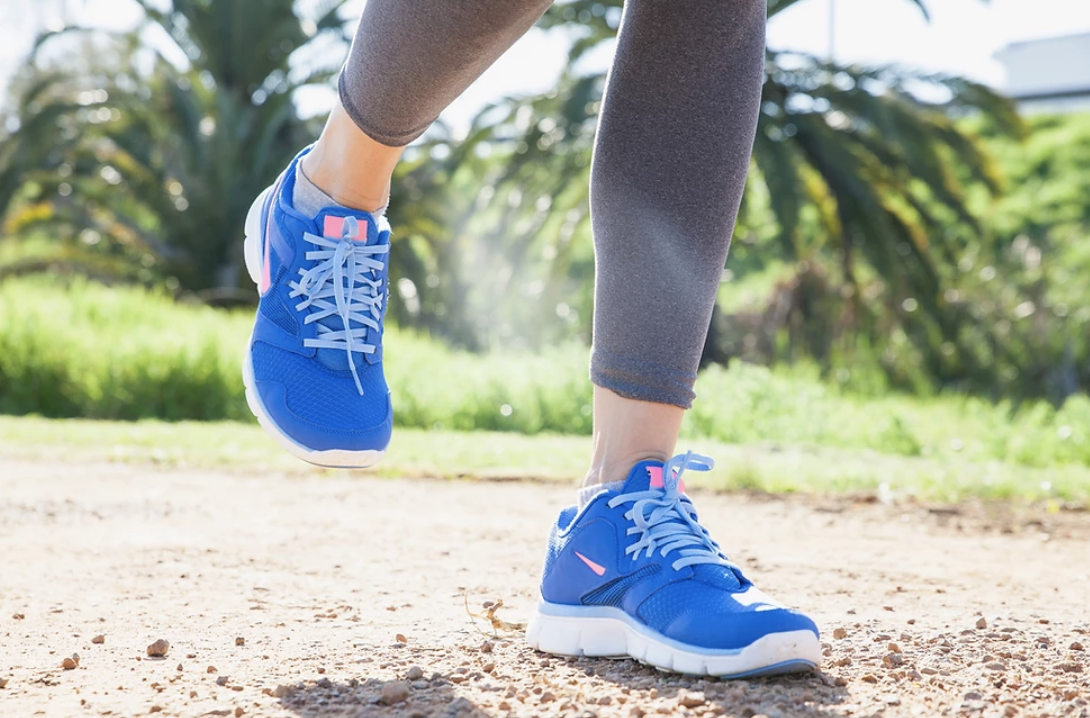
That’s every meal. Three or four times a day. Walk 5 miles a day. I know that sounds like a lot. But if you do these things and you are consistent, you will lose the belly. The hard part is being consistent. That is where a coach like me comes in.
2. Eat bitter things
Bitter foods stimulate bile flow. You need plenty of bile. We all do. Suffice it to say, most of use are deficient in bile quality and quantity. According to Dr. Ann Louise Gittleman,
“By the time people develop allergies, arthritis, and joint inflammation, they have a 75 percent bile deficiency, and by the time they develop a major chronic illness like cancer or heart disease, their bile production is compromised by a whopping 90%.
So let’s all make better bile, shall we?
Include the following things every week:
black coffee
lemons
ginger
turmeric
radishes
dandelion
grapefruit
radicchio
cucumbers
beet greens
jicama
sprouts
nettles
dill
garlic
cilantro
You could start your day with a black coffee, lemon water, and a grapefruit. Add some protein like smoked salmon or chicken apple sausages for a complete and filling meal.
Lunch could be a salad with rotisserie chicken, blueberries, and a mess of bitter vegetables on your salad like radicchio, cilantro, cucumbers, beet greens, and sprouts.
Dinner could be a variation of the same. Do this until your belly gets smaller and you have better digestion.
Simple, but not easy.
But as I ask my clients, what is your goal? Are you actually committed to be at a healthy weight and healthy mindset? Or do you just want it? Wanting ain’t getting. It takes commitment to meet goals.
3. Use bitters to help your digestion.
You can use a variety of things to increase digestive flow, and they are all bitter. Free ways to increase bile flow include 2 tbsp of fresh squeezed lemon or 2 tbsp apple cider vinegar a few minutes before each meal.
Hot black coffee in 6 oz servings is also a helpful way to digest well.
You can also, of course, buy bitters. I prefer using whole food to coax the body back to homeostasis, but store-bought bitters are fine in a pinch.
These are the best:

That being said, the best way to ensure optimal digestion is to just chew your food slowly. Slowly. Like, until it is liquid. People look at me crazy when I ask them to do this. Or shamefully. I look at myself crazy and shamefully. I rarely do it, but it is a great tool to aid digestion and weight maintenance. Try it.
Now, what if you have already lost your gallbladder?
Many of my clients who are gallbladder-less actually thrive on my 28 Day Reset, even though it is relatively high in fat. There are plenty of bitter veggies and herbs in the program to help digestion.
But if you need more help, here you go:
1. use bitters with every meal (see above)
2. use bile salts for a few months after surgery

3. eat lots of bitter foods.
And have a moderate amount of wine and don’t overexercise. Remember the Korean study? Yeah!
I hope this helps. Let me know if you have any questions.
To your hepatic health,
Jennifer

